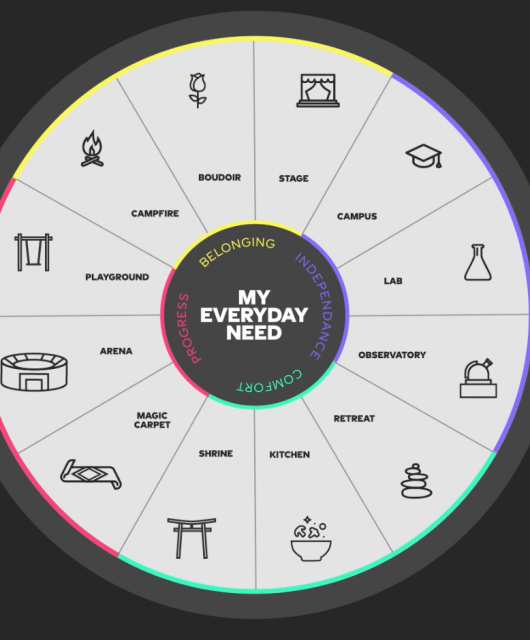Human Resilience
By Xavier Anglada, Strategy & Consulting Lead for Accenture in the Middle East

As the ongoing health crisis and economic uncertainty continues, organizations around the world have a responsibility to serve a higher purpose in society. They must ensure the physical and psychological safety and well-being of their workforce, customers, and the communities and take practical and pragmatic actions to keep people safe, healthy, and connected.
Employers need their people to trust in their ability, and that of their organization to weather the challenges no matter how severe they may be. For that to happen, people need to believe their leadership cares for each individual, community, and humanity. Here are ten actions that Accenture’s ‘Human Resilience: What Your People Need Now’ report recommends to help people address the now and prepare for what is next:
- Develop a C-suite “plan and act” center. Before you plan and act, be sure your leadership knows that listening and responding to their people is imperative. Gather feedback from all areas of the organization and all types of workers – from the frontline to your most skilled freelancers to senior management.
- Relieve people from unnecessary work and activities. At a time when people are worried about their basic needs and their next paycheck, focusing precious resources on what will best help the company and its people weather this crisis simply makes good business sense.
- Responsible leadership is an imitable formula – use it. Educate and coach leaders on five key elements: stakeholder inclusion, emotion and intuition, mission and purpose, technology and innovation, and intellect and insight. Recognize those who practice responsible leadership and think about their current and future role.
- Elevate your most visible leaders based on compassion and caring. People will remember the faces and voices you empower to lead the charge during this challenging time. Be sure those voices are not only wise but compassionate and caring. Bringing a sense of calm to the chaos will go a long way towards enabling employees to transition to a healthier and more productive place.
- Hierarchy be damned! If you are not used to working in cross-functional, agile teams, now is an excellent time to begin. You are looking for the right outcomes for customers and the wider community, and you do not get results via functional silos. Choose teams based on their skills rather than functional expertise. You will be amazed at the competencies and problem-solving abilities that appear when you use this lens.
- Integrate your company’s purpose and values into every communication and initiative. Shared purpose and values are what will give your people the sense of belonging that they so desperately need right now. As quarantines and social distancing continue to play out, people need a sense of connection to keep doing a purposeful day’s work.
- Tell a story – don’t spew data. Many companies are data-rich and can provide your people with metrics and predictions. But what employees genuinely want is the larger story, the insights, and observations. They want the assurance that a wise, calm, and confident leadership team is in place. And that they are figuring things out to enable everyone to get through the hard times together.
- Rally leaders around consistent communication. Establish effective communication governance, guiding principles, and tone. Leaders throughout the organization need to mirror your organization’s values and culture and communicate simple and clear messages. Answer questions and do not allow a communication vacuum – that’s where fear and the rumor mill usually make inroads.
- You were always going to need remote workforce capabilities for at least a portion of your workforce. Now’s the time. A crisis is never the best time to set up new ways of doing things, but this pandemic gives many companies no choice. Now is the time to accelerate the human+machine collaboration and support people as they transition to digital ways of working. Doing so distinguishes many of the most successful companies in the world.
- Don’t allow the crisis of the now to stop you from moving towards the next goalpost. Reserve two hours every day for work focused on getting your organization and your workforce ready for the future. It will feel like you are ignoring the more immediate needs of the business. However, those two hours wisely spent, will help your organization transcend the urgent and prepare for the future.
Every organization’s workforce, culture, and resources are different, and one approach does not always fit all. However, a guiding set of tested principles and recommendations helps each one tailor its unique response. Leadership in this new reality calls for shared principles and actions: ones that elevate people and recognize their needs. A leadership team that looks ahead proactively and responds rather than reacts goes a long way in helping their people during volatile times.





